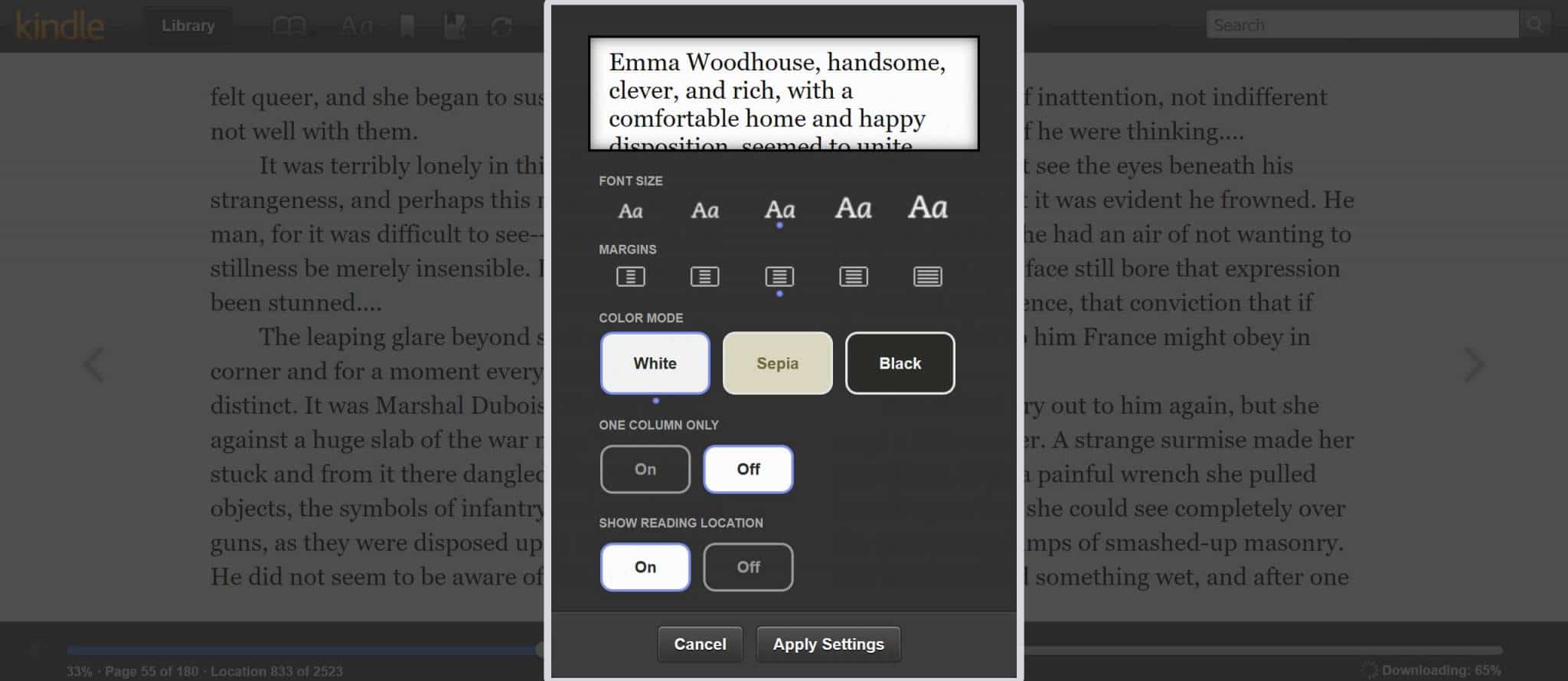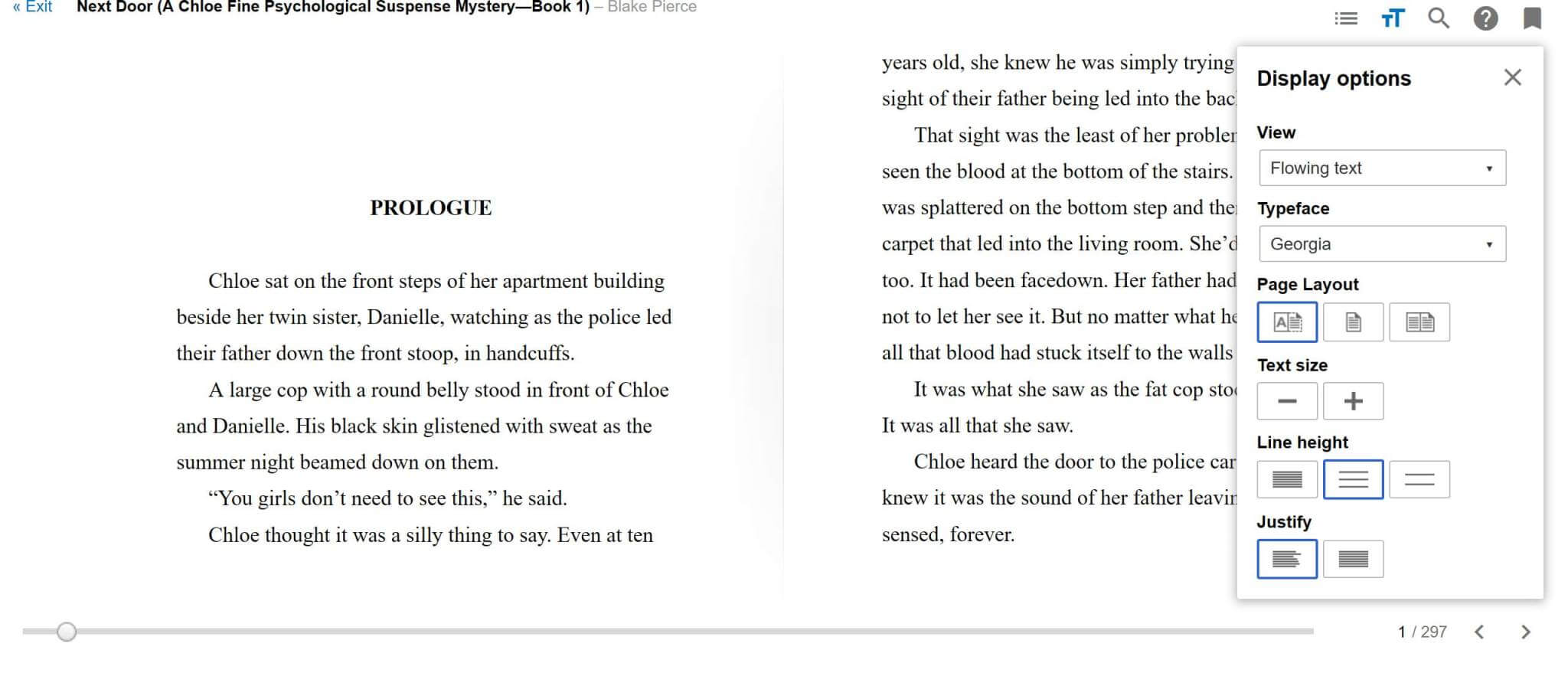The Amazon Kindle Cloud Reader and Google Play Books Cloud Reader systems allow users to read ebooks they have downloaded for free or purchased in all of the major internet browsers. The provide fully functional e-reading experiences where the text, spacing, margins and fonts can be changed. Barnes and Noble and Kobo had their own online readers that they ran for a few years, before quietly discontinuing them in 2016.
Longtime Apple users remember the day when their entire world changed. On July 10, 2008 Apple unveiled the App Store. It allowed iPhone and iPod users to download and install apps to their smartphone. Within one year they had 1,100,000+ third-party apps officially available and in a few short years 200 million iOS users had downloaded over 15 billion apps.
The early years of the App Store were a boom period of e-book sales on the iOS platform. Amazon was selling millions of them and it allowed Kobo to become the dominate number two player. It was also a lifeline for companies on the brink of going out of business and bowing out of e-books altogether, in the form of Borders and Sony. But like all good things, the Apple wellspring was about to run dry.
In 2011 Apple had sent out notifications to publishers that they were going to eliminate the ability to direct users to their own internal payment processors and Apple would process all in-app payments. Additionally, Apple was going to take a 30% commission on every sale.
By July of 2011 the new Apple policy was put in place and major players such as Amazon, Kobo, Barnes and Noble and Sony all updated their apps and removed the ability to browse and purchased books. They basically turned all of their iOS apps into glorified e-reading software.

Selling e-books is a razor thin business model and paying Apple 30% is not feasible, nobody would make any money except Apple. Apple also had their fledgling iBooks business and it did not make a whole lot of sense to help finance their competition. In order to continue selling e-books on the Apple platform, all of the booksellers decided they needed to develop a workaround.
In order to bypass the in-app restriction Amazon, B&N, Kobo and Google all developed Cloud Readers that could buy and read ebooks in Safari and later other internet browsers. Once the books were purchased in a HTML5 based system, they could be synced to the users account and all of the content could be accessed in their official apps for iOS. They basically all released their online reading software within a few months of each other, so nobody really had a competitive advantage.
In 2016 the Kobo Cloud Reader has been officially discontinued and the link to access it now redirects to the companies general app page. The Nook Cloud Reader has also been abandoned with the advent of the new Barnes and Noble website that was unveiled that summer. Their cloud readers never really gained any traction and they were underdeveloped and new features were virtually non-existent.
Amazon and Google are the only two ebook retailers to have a fully functional cloud reader, that is regularly updated and new features are unveiled once in awhile. These guys realize that people still use it on their iOS device, as a way to bypass the Apple walled garden. Other people just prefer to just use their internet browser to read at home or work. Basically, enough people are using the cloud readers to keep them operational.
Michael Kozlowski is the editor-in-chief at Good e-Reader and has written about audiobooks and e-readers for the past fifteen years. Newspapers and websites such as the CBC, CNET, Engadget, Huffington Post and the New York Times have picked up his articles. He Lives in Vancouver, British Columbia, Canada.

